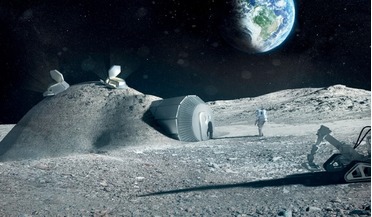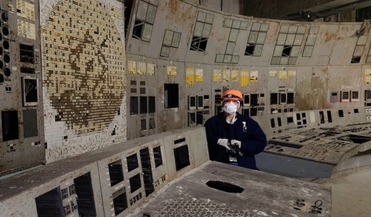 November 2017
Radiation protection for space colonists and travellers
November 2017
Radiation protection for space colonists and travellers
... called ‘high-energy, high-charge’ or ‘HZE’ (high atomic number and energy) particles in some literature. Active radiation shielding using high temperature superconducting magnets. Designed to protect A spaceship with a metal skin that uses plastic...
 October 2018
Radiation study paves way for safe deep space exploration
October 2018
Radiation study paves way for safe deep space exploration
... space exploration. While astronauts on the International Space Station (ISS), at an altitude of about 400 km, are beyond the radiation protection of Earth’s atmosphere, they still enjoy the benefits provided by the magnetic field of Earth. But when...
 April 2017
Surviving radiation for space colonisation
April 2017
Surviving radiation for space colonisation
...free electrons and sometimes neutrons to be generated. These particles go on to produce damage themselves in a process known as secondary radiation. Particulate radiation that comes from outside the Solar System rather than the Sun is called galactic...
 April 2020
Protecting against the dangers of space radiation
April 2020
Protecting against the dangers of space radiation
... measure and counteract the potentially dangerous impacts of radiation. Space radiation is the number one risk to astronaut health ... likely to be different for every mission. Space radiation can be divided into three distinct categories: particles ...
 27 July 2020
Radiation-loving fungus could protect astronauts from cosmic rays
27 July 2020
Radiation-loving fungus could protect astronauts from cosmic rays
...plans to colonise other worlds, is therefore a top priority. Thankfully for those faced with a constant bombardment of space radiation, this problem might have just been solved, at least partially, as a team of US scientists have proposed a novel way...
 January 2018
Shielding the human genome
January 2018
Shielding the human genome
...Earth. Besides, vehicle and habitat shielding materials available today are ineffective at stopping some forms of space radiation, especially radiation emanating from deep space sources like supernovas (these being some of the greatest threats to the...